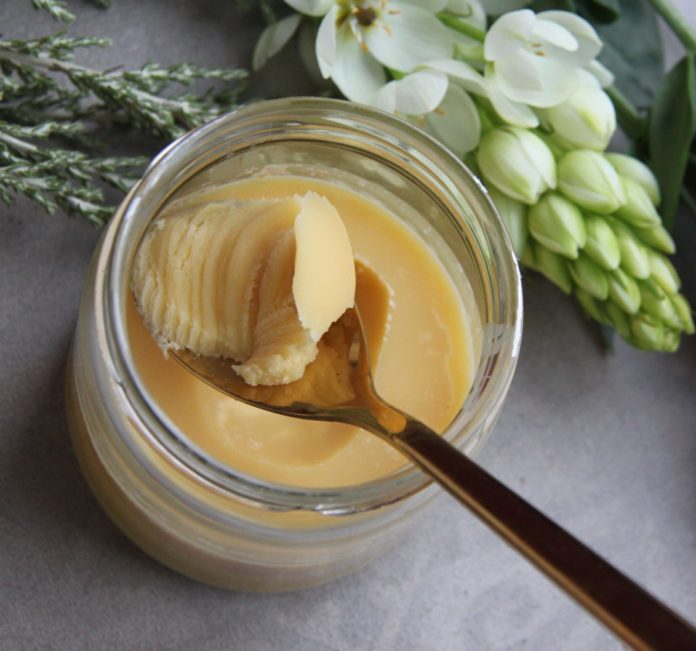Butter seems like the go-to ingredient when it comes to frying, but there is another fat that shouldn’t be entirely overlooked. Most Indian dishes rely on ghee which is a clarified version of butter. But what’s the actual difference between the two and which is better for you?
How are They Made?
Butter is made by churning milk or cream for long enough that the fat separates from the liquid. The solid part is what we know as butter, while the rest is buttermilk. With ghee, the butter is heated to cause the separation, and the milk solids are discarded. The remaining butterfat is thus devoid of any milk proteins, making ghee lactose-free and able to be stored at room temperature.
How Hot Can They Go?
Butter has a smoking point of around 350°F, whereas ghee can go much higher. The smoke point for ghee is only 485°F, making it the better choice when cooking at very high temperatures. When it comes to baking, however, butter may be superior as it has a sweeter flavor.
Nutritional Info
Ghee and butter are almost identical, as far as nutrients are concerned. Both contain Vitamin A, Vitamin E, Vitamin K, and conjugated linoleic acid (CLA). However, due to ghee being pure fat, it possesses slightly more butaric acid which has been shown to reduce inflammation in the gut.






